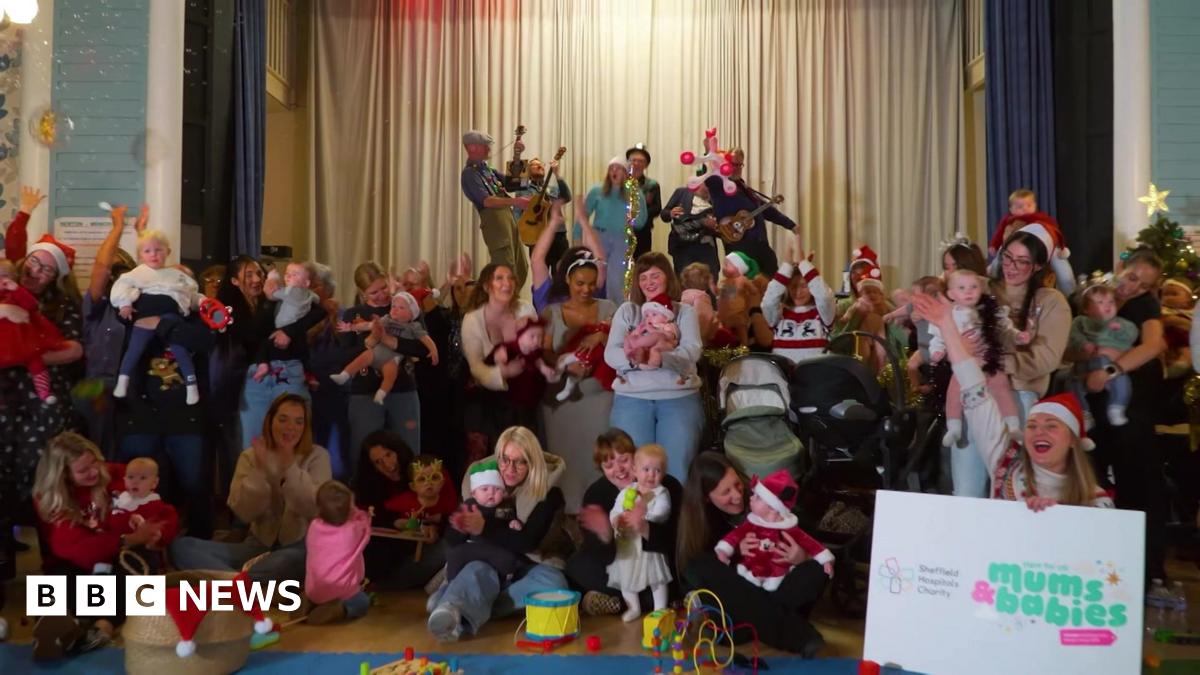A team of paleontologists, including Loma Linda University faculty and students, has identified the world’s largest known site of dinosaur trackways, located in an isolated region of the Bolivian Andes. Their examination of 16,600 dinosaur…
Blog
-

Bartak Recognized for Excellence On the Field and in the Community
DALLAS – Missouri State women’s soccer junior Elena Bartak has been named the recipient of Conference USA’s…
Continue Reading
-

Filippo Grandi | A lifetime championing refugees (S12-E3)
Filippo Grandi | A lifetime championing refugees (S12-E3) | United Nations
Continue Reading
-

Honda Powersports Sponsoring New Year’s Eve Day Musical Event at Anzie Blue
- Performances from the Nashville event to air live on CNN and streaming on CNN.com
- Showcased artists include Chris Isaak, John Carter Cash & Ana Cristina Cash
- Honda announces partnership with Maggie Rose, also scheduled to…
Continue Reading
-

Sheffield babies star in video for reborn Britpop classic
The maternity unit looks after about 6,500 women every year from across Sheffield and the wider region.
Sheffield Hospitals Charity provides additional support at the unit, from on-site accommodation so parents can be near their poorly baby in…
Continue Reading
-

Study Finds Gender Gap in How Teens Cope With Chronic Hives
Adolescent boys with chronic hives appear to handle stress better than their female counterparts, according to new research. The study, published in
Clinical and Translational Allergy , examined 65 adolescents withchronic urticaria and found…Continue Reading
-

Best gadgets of 2025: John Davidson Digital Life
F
inally! That’s both a statement about where this column fits into…
Continue Reading
-

Midnight Pre-Patch on the Horizon, the Feast of Winter Veil, and More! — content-news.community.world-of-warcraft-beta — Blizzard News
Prepare for the Midnight pre-expansion content update, frolic and be merry with your gnomies during the Feast of Winter Veil, gear up for the holidays with big savings, and brave chilly adventures while staying toasty warm! Every week brings…
Continue Reading
-
Getting Started with Xbox Cloud Gaming – Xbox Wire
- Getting Started with Xbox Cloud Gaming Xbox Wire
- Holiday Boom for Cloud Gaming, but AI Pushes Costs Higher inkl
- Cloud gaming surges 45% this holiday season as Xbox, GeForce NOW, and PlayStation expand globally, completely changing how gamers…
Continue Reading
-

When attacks unfold, what makes a person run towards danger? | Psychology
As a knife-wielding terrorist wearing a fake suicide belt caused panic on London Bridge in 2019, Darryn Frost remembers entering a state of intense focus.
Having grabbed a decorative narwhal tusk from the wall of Fishmongers’ Hall, the formerly…
Continue Reading
